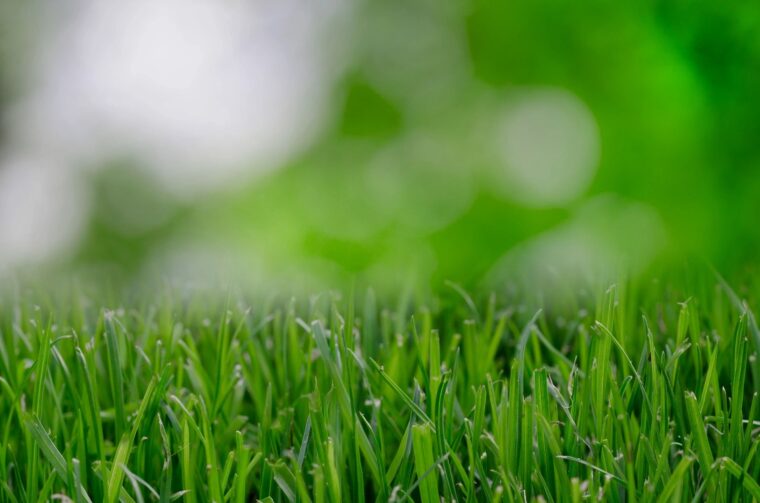Choosing the right type of grass for your lawn is crucial for maintaining a lush, green landscape. The decision often boils down to selecting between cool season and warm season grasses. Each type has its own set of characteristics, benefits, and challenges. This article will guide you through the differences, helping you make an informed decision for your lawn.
Understanding Cool Season Grasses
Cool season grasses thrive in regions with cold winters and moderate summers. They grow best when temperatures range between 60°F and 75°F. These grasses are known for their ability to stay green and lush during the cooler months of the year.
Characteristics of Cool Season Grasses
- Growth Cycle: Active growth occurs in spring and fall.
- Shade Tolerance: Generally more shade-tolerant than warm season grasses.
- Water Requirements: Moderate, but may require more water during hot, dry summers.
Common types of cool season grasses include:
- Kentucky Bluegrass: Known for its rich color and fine texture.
- Perennial Ryegrass: Quick to germinate and ideal for overseeding.
- Tall Fescue: Tolerant of heat and drought, with a coarse texture.
Exploring Warm Season Grasses
Warm season grasses are best suited for regions with hot summers and mild winters. They flourish when temperatures are between 80°F and 95°F, making them ideal for southern climates.
Characteristics of Warm Season Grasses
- Growth Cycle: Peak growth occurs in late spring and summer.
- Heat Tolerance: Excellent, withstanding high temperatures.
- Water Efficiency: Generally more drought-resistant than cool season grasses.
Popular warm season grasses include:
- Bermuda Grass: Fast-growing and resilient, often used in sports fields.
- Zoysia Grass: Dense and wear-resistant, with a fine texture.
- St. Augustine Grass: Known for its broad blades and shade tolerance.
Factors to Consider When Choosing Grass
When deciding between cool and warm season grasses, consider the following factors:
- Climate: Match the grass type to your region’s climate for optimal growth.
- Sunlight: Assess the amount of sunlight your lawn receives daily.
- Usage: Consider how much foot traffic your lawn will endure.
- Maintenance: Determine how much time and effort you can dedicate to lawn care.
Case Studies and Statistics
A study by the University of California found that warm season grasses like Bermuda grass can reduce water usage by up to 30% compared to cool season varieties. Meanwhile, a case study in the Midwest showed that Kentucky Bluegrass maintained its color and density better than warm season grasses during cooler months.
Conclusion
Choosing between cool and warm season grasses depends largely on your regional climate, lawn usage, and maintenance preferences. Cool season grasses are ideal for areas with cold winters, offering lush growth in spring and fall. Warm season grasses, on the other hand, excel in hot climates, providing a durable and drought-resistant lawn during summer. By considering these factors, you can select the grass type that will keep your lawn healthy and vibrant year-round.


